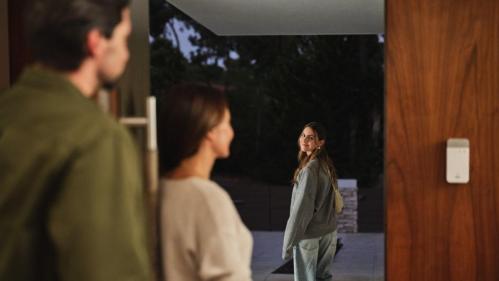Smoke alarms are designed to give you and your family an early warning of a fire. In 82% of fires resulting in fatalities, it was found the household had no working smoke alarm.
When there is a fire, smoke spreads fast and you need smoke alarms to give you time to get out. Follow these tips for smoke alarm safety.
- An ionisation smoke alarm, which detects smoke using an electric charge, is generally more responsive to flaming fires, while photoelectric smoke alarms, which use a beam of light to detect smoke, is generally more responsive to smouldering fires. For the best protection, you should install both types of alarms or a combination alarm in your home.
- Have at least one smoke alarm on every level in your home and consider positioning extra alarms in ‘danger zones’ such as the kitchen or a fireplace.
- Smoke rises so smoke alarms should be installed high on a wall or on a ceiling.
- Test your smoke alarms once a week. Save manufacturer's instructions for testing and maintenance.
- Replace batteries in all smoke alarms at least once a year. If an alarm “chirps” it’s warning you that the battery is low, so be sure to replace the battery right away.
- If cooking fumes or steam is setting off alarms in the kitchen area, replace the alarm with an one that has a "hush" button. This allows you to reduce the alarm’s sensitivity for a short amount of time.






